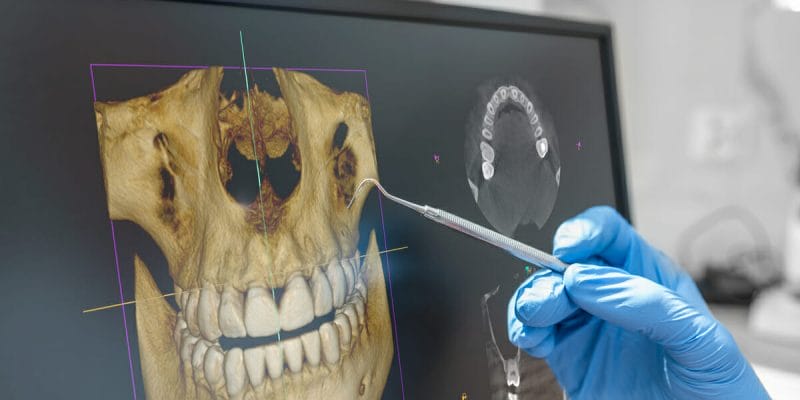It turns out dental infections may be the “root” cause of a sinus infection in up to 30% of cases. The upper molars in the back of the mouth are physically so close to the maxillary (cheek) sinus that infections arising from bad teeth have an easy pathway towards infecting the sinus next to it. Bacteria like the sinus cavities and can cause a relatively severe infection. The term “odontogenic” sinusitis refers to sinus infections originating from a dental cause.
How does this happen?
Possible dental problems that may be involved include dental infections of the upper molars especially involving the tooth root, infected dental implants and a persistent opening between the mouth and the maxillary sinus (called an oral antral-fistula) usually arising from prior dental procedures. Whereby a root canal treatment or root canal sinus drainage is needed. In odontogenic sinusitis, the sinus infection is heavily one sided and focused in the maxillary sinus. There is also a case where sinus infection after dental work has occurred. Symptoms may include nasal discharge, post nasal drip, congestion, facial pressure and a bad odor.
How can I know if my sinus infection is coming from my teeth?
In a recent publication, a group of otolaryngologists (ENT specialists) and dentists published guidelines on how to diagnose odontogenic sinusitis based on ENT evaluation, imaging (CT), and dental evaluation. The collaboration between the two specialties requires identification and management of both the sinus infection and the dental issue. The sinusitis evaluation includes an office evaluation, nasal examination including endoscopy and a CT scan. The dental exam requires both an exam of the mouth and appropriate imaging to visualize the entire tooth, including the roots and overlying bone.
Should I expect a visit from the tooth fairy?
The answer is….maybe. In general, the dental issue needs to be managed in whatever way is necessary to clear the cause of the infection. This will depend on the nature of the problem and the recommendations of the dentist. Tooth infection sinus issues may be cleared with tooth sparing procedures (including root canals) or dental extractions. Sinus communication can also be addressed. Infected dental implants may clear with antibiotics and sinusitis treatment, or may need to be removed. Fistulas always require surgical closure. While root canal therapy may be suggested.
What about my sinuses?
Once the dental infection is managed, the treatment for the sinusitis or inflammation of the sinus lining near the upper teeth, will require appropriate antibiotics and may require endoscopic sinus surgery in certain cases. The purpose of the surgery is to open the infected sinuses, create better internal drainage of the sinuses into the nose, allow for improved sinus functioning and allow access for topical therapy (saline irrigations) into the nose after the surgery. Generally, the recovery from the sinusitis following dental and sinus treatment is rapid and successful in patients with odontogenic sinusitis.

